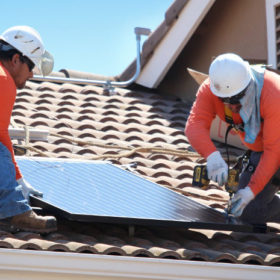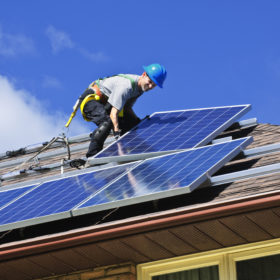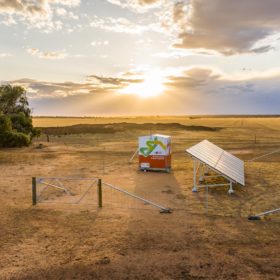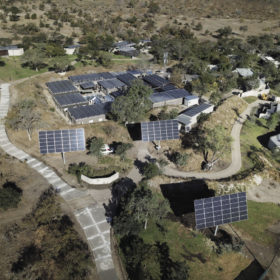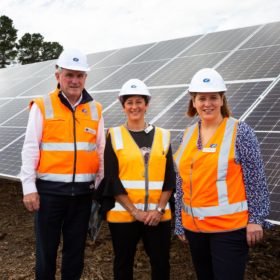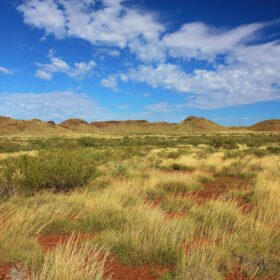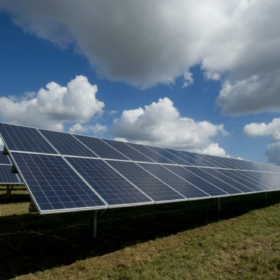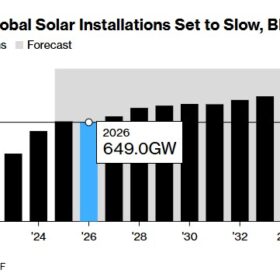Victoria’s Solar Homes ‘annexe’ to help boost the state economy
The Victorian Government’s Solar Homes program once threatened to cut a swath through the state’s solar installer base; now it’s found its feet and forms the framework for delivering $15.3 million in new funding to reduce emissions and costs to the state’s constituents.
BayWa and GSES partner up to skill up the solar industry
Solar wholesaler BayWa r.e. is partnering with industry trainer Global Sustainable Energy Solutions (GSES) on training provision seeking to ameliorate a noticeable lack of quality control within the rapidly growing solar industry.
5B partners with Risen Energy to help bushfire communities
Risen Energy Australia has been confirmed as a solar panel partner on the Resilient Energy Collective bushfire relief campaign, which aims to install stand-alone solar and Tesla battery systems at up to 100 sites around Australia.
QIC aims to capitalize on SPS and microgrid opportunities in WA
QIC-owned Pacific Energy has bought solar and battery microgrid specialist Hybrid Systems in a bid to tap the off-grid and edge-of-grid growth in Western Australia.
5B chooses Enphase inverters to bring power to bushfire communities
Sydney-based pre-fabricated solar array manufacturer 5B has selected Enphase IQ 7+ microinverters for the Resilient Energy Collective bushfire relief campaign. The initiative is looking to install stand-alone solar and Tesla battery systems at up to 100 sites around Australia affected by bushfires and floods.
How much PV is needed in an hybrid solar-diesel mini-grid?
Researchers in Brazil have suggested using solar radiation databases and simulator software to scale PV-diesel mini-grid generators. The profiles of PV generation and mini-grid load demand are critical to finding the right balance, according to the academics.
UNSW hydrogen storage technology to debut at community solar farm
In its world-first application, hydrogen energy storage technology developed at UNSW Sydney will be installed in the regional town Manilla, which is set for one of Australia’s major community-owned solar farms. The storage deployment will be backed by an NSW government grant as part of a funding round that has awarded seven solar and battery community projects across the state.
Horizon Power is using solar to help its Reconciliation efforts
Horizon Power has launched its Reconciliation Action Plan to strengthen relationships with Indigenous peoples. Among the many-faceted mandates in the Plan is a recognition of the utility of solar in remote communities.
Central Highlands Water joins river of utilities flowing from the sun
Victoria’s Central Highlands Water becomes yet another tributary to the river of Australian water utilities to invest in solar. The utility’s community-driven Solar Initiative could see half of its energy needs met with solar PV.
Queensland supercomputer to test seamless integration of renewables on and off the grid
A world-class research and development hub planned for Cairns will be home to a supercomputer that will be used to simulate and model intricate networks in order to enable renewable energy and energy storage to form a greater part of microgrids and isolated systems for remote communities.
